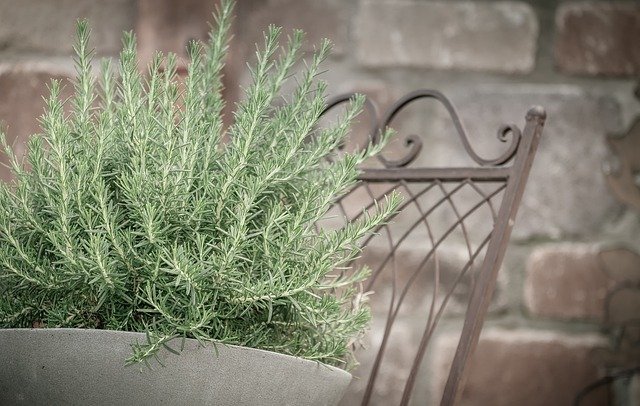Curtain creepers are a type of curtain vine plant that is great for indoor houseplants if you live in an apartment or any other small space. curtain creepers can be used to decorate your balcony, and they grow up instead of out so they don’t take up much room at all.
Curtain creepers need at least 4-6 hours of sunlight per day, but if you have something blocking the window, it should still work fine with less sun. Curtain creeper plants also do best when watered once every 1-2 weeks unless there has been no rain in which case it needs water more often.
curtain creepers are hardy plants that will thrive without too much care given to them as long as they get what they need.
Table of Contents
Essential Indoor Growing Conditions
To ensure your curtain creeper thrives indoors, create the ideal environment by following these guidelines:
1. Lighting:
Curtain creepers need plenty of natural light, but they can tolerate partial shade. Place them near a sunny window, but avoid direct sunlight, as it may scorch the leaves.
2. Temperature:
Maintain a temperature range between 60-75°F (15-24°C). These plants prefer slightly warmer conditions, so avoid exposing them to cold drafts.
3. Humidity:
Curtain creepers appreciate a humid environment. If the air in your home is dry, consider using a humidity tray or misting the leaves regularly to maintain adequate moisture levels.
Planting and Potting
Follow these steps to ensure your curtain creeper is potted correctly:
- Choose the Right Pot: Opt for a pot with drainage holes to prevent overwatering. Ensure it’s the appropriate size for your creeper, allowing room for growth.
- Potting Mix: Use a well-draining potting mix suitable for indoor plants. Mixing in some perlite or sand can enhance drainage.
- Planting: Gently remove the plant from its nursery container and place it in the new pot. Fill with potting mix, leaving about an inch of space at the top for watering.
- Watering: Water thoroughly after planting. Ensure the soil is evenly moist but not waterlogged.
Proper Care and Maintenance
Curtain creepers are relatively low-maintenance, but they do require specific care to thrive indoors:
1. Watering:
- Water your curtain creeper when the top inch of soil feels slightly dry. Ensure thorough watering, allowing excess water to drain from the pot.
- In winter, reduce watering slightly to avoid over-saturation.
2. Fertilization:
- Use a balanced, water-soluble fertilizer formulated for leafy green plants. Feed your curtain creeper every 3-4 months for optimal growth.
- Follow the directions on the fertilizer package for the best results.
3. Pruning:
- Pruning is essential to maintain your creeper’s shape and encourage new growth.
- After flowering, trim back long or straggly stems by about two-thirds of their length to stimulate new growth.
Trellising and Support
Curtain creepers are natural climbers, and they need support to thrive indoors. Here’s how to provide the necessary structure:
- Install a trellis, stake, or other support near your creeper. Ensure it’s tall enough to accommodate the plant’s growth.
- As the creeper grows, gently train its stems onto the support structure. You can use soft string or raffia to tie the stems loosely.
Dealing with Common Issues
While curtain creepers are hardy plants, they may face some common issues, including:
- Pests: Keep an eye out for spider mites. If infestations occur, treat your plant promptly with insecticidal soap or neem oil.
- Disease: Monitor your plant for signs of diseases such as mold or mildew. Avoid overwatering to prevent these issues.

Types of curtain creeper indoor
There are several types of curtain creeper indoors you can buy for your home:
1. Vernonia creeper
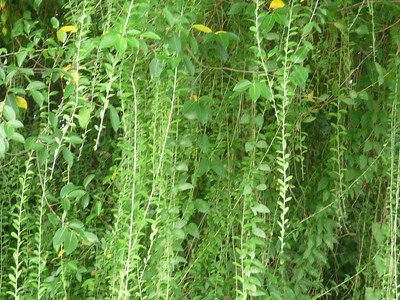
Vernonia creeper is a fast-growing plant that can be grown indoors or on the balcony. The plant is native to Africa and has long, slender leaves that are green in color. The creeper can reach up to 3 feet in length and has a tendency to twine around other plants or objects.
Vernonia creeper is an easy plant to care for and does not require much maintenance. The plant prefers full sun but can also tolerate partial shade. The creeper can be propagated from seed or cuttings and does best in well-drained soil. When grown indoors, the creeper should be fertilized monthly and watered regularly. Pests and diseases are not a major concern with this plant, but it is susceptible to spider mites. If you are looking for a fast-growing plant that is easy to care for, vernonia creeper is a good option.
2. Cissus Quadrangularis
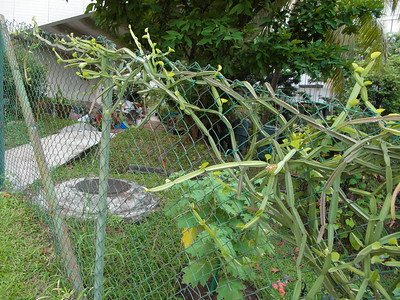
Cissus Quadrangularis has green leaves with white bands, making it one of the most colorful curtain creeper plants for the balcony. This plant is native to southern India and has been used for medicinal purposes in that country since at least 400 BC.
Cissus Quadrangularis, also known as the jointed grape or bone-setter vine, is a perennial climbing plant that is native to tropical regions of Africa and Asia. The plant gets its name from the quadrangular (four-sided) shape of its stems. Cissus Quadrangularis is a popular ingredient in traditional folk medicines due to its purported ability to heal bone fractures and other bone-related injuries. The plant is also said to be effective in treating joint pain, arthritis, and obesity.
Although Cissus Quadrangularis is typically grown in warm climates, it can also be successfully grown indoors or on balconies in cooler climates. The plant requires minimal care and can even thrive in somewhat neglected conditions. When growing Cissus Quadrangularis indoors or on a balcony, it is important to provide the plant with a support structure such as a trellis or chicken wire so that it can climb.
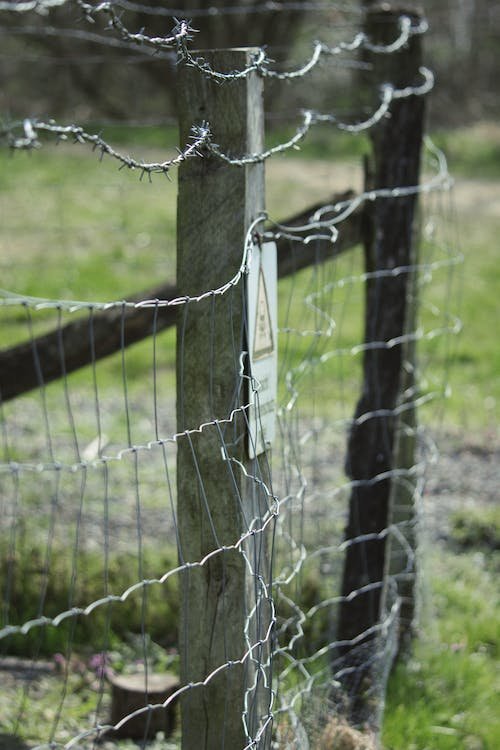
Otherwise, the plant will simply sprawl across the ground. With proper care, Cissus Quadrangularis can make an attractive and unusual addition to any indoor or outdoor space.
3. Chinese wisteria

Wisteria is a beautiful, flowering plant that has been popular in gardens for centuries. Though most commonly associated with China, wisteria can actually be found in many parts of the world. There are even two species that are native to North America. Wisteria is a climbing plant, and it is often used to add vertical interest to gardens. It can also be grown indoors or on balconies.
Though wisteria is considered a flowering plant, it actually produces seed pods rather than flowers. The seed pods are long and thin, and they contain poisonous seeds. As a result, wisteria is considered to be a somewhat invasive plant. It is important to take care when planting wisteria, as it can quickly take over a garden if left unchecked. When pruned properly, however, wisteria can be a beautiful and low-maintenance addition to any garden.
4. Virginia Creeper
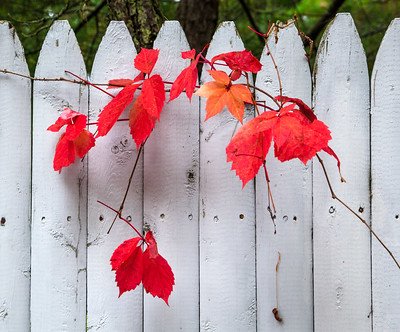
Virginia creeper (Parthenocissus quinquefolia) is a fast-growing woody vine that can reach up to 50 feet in length. It is often found clinging to trees, fences, and walls. Virginia creeper is a deciduous plant, meaning that it loses its leaves in the fall. The leaves are palmate, or hand-shaped, and have five lobes. They are dark green in color and turn red or purple in the fall.
The flowers of the Virginia creeper are small and green, blooming in the spring. The fruits are black berries that ripen in the fall and are poisonous to humans but beloved by birds. Virginia creeper can be grown indoors or on the balcony, as long as it has something to climb. This plant is considered invasive in some areas, so be sure to check your local laws before planting it.
5. The Mauritius Ivy

The Mauritius Ivy (Epipremnum aureum) is a fast-growing, evergreen climbing plant that originates from the French island of Mauritius. Also known as Devil’s Ivy or Pothos, it is a popular houseplant that is easy to care for and can be grown either indoors or on a balcony.
The Mauritius Ivy has heart-shaped leaves which are variegated with yellow, white, or pale green. It can reach up to 20m in length if left unchecked, making it an ideal plant for covering walls or trellises. However, the Ivy will also happily grow in a pot or hanging basket, making it a versatile plant that can be adapted to suit any space.
6. The Boston fern
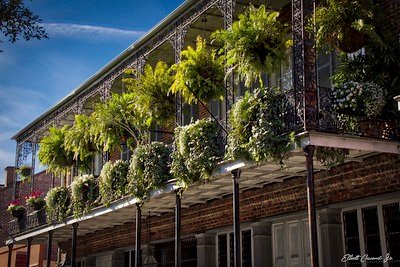
The Boston fern is a popular curtain vine plant that is often grown indoors or on balconies. Although it is not a true fern, it has many of the same features, including long, lacy leaves and a dense, tufted appearance. Boston ferns are easy to care for and can thrive in bright or low-light conditions.
They prefer humid environments and need to be watered regularly to prevent the leaves from drying out. Boston ferns make excellent houseplants and can also be used to add color and interest to an outdoor space. With proper care, they will continue to grow and proliferate for many years.
7. The asparagus fern
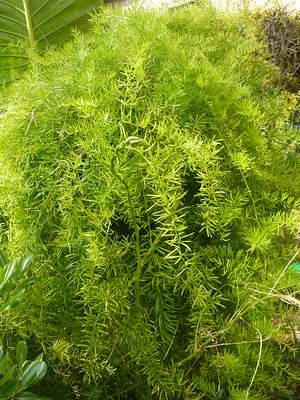
The asparagus fern is a member of the lily family and is native to Africa, Australia, and South America. It gets its name from its long, thin leaves that resemble asparagus spears. The asparagus fern is a fast-growing plant and can quickly become invasive if not kept in check.
It is often grown as an indoor plant or on balconies, where it can be controlled more easily. The asparagus fern prefers filtered sunlight and humid conditions. It is relatively drought-tolerant but will benefit from regular watering during the growing season. If you are thinking of adding an asparagus fern to your home, be sure to research how to care for it properly to ensure that it doesn’t take over your space.
How to grow curtain creeper in the balcony

Curtain creepers, also known as jasmine or jasmine curtain vine plant, are beautiful, fragrant plants that make wonderful additions to any balcony garden. They are relatively easy to care for, but there are a few things to keep in mind if you want your curtain creeper to thrive. Here are some tips on how to grow curtain creepers on the balcony.
Choose a Sunny Spot
First and foremost, curtain creeper thrives in sunny locations. If your balcony doesn’t get a lot of sunlight, you might want to consider growing another type of plant. When choosing a pot for your curtain creeper, make sure it has drainage holes so that the plant doesn’t become waterlogged.
Provide Support
Curtain creepers need some sort of support to grow on, such as a trellis, fence, or wall. The plant will rapidly grow towards the light, so make sure that the support is tall enough and strong enough to accommodate the plant’s growth. To train the plant onto the support, tie the stems lightly with string or raffia.
Water Regularly
Curtain creeper likes its soil to be moist but not waterlogged. Water the plant regularly, making sure to check the soil before each watering. Allow the top layer of soil to dry out before watering again. In winter, reduce watering somewhat but don’t allow the plant to become completely dry.
Fertilize Monthly
Feed your curtain creeper with a balanced liquid fertilizer every month during the growing season. Be sure to follow the directions on the fertilizer package for the best results.
Pruning curtain creeper in the balcony
Pruning is important for keeping your curtain creeper under control and encouraging new growth. Prune after flowering has finished for the season. Cut back any long or straggly stems by two-thirds their length. You can also cut back any stems that have flowered heavily as this will encourage new growth and more flowers next season.
Conclusion: With a little bit of care and attention, you can easily grow a beautiful curtain creeper in your balcony garden! Just make sure to choose a sunny spot, provide support for the plant to climb on, water regularly, fertilize monthly, and prune after flowering has stopped for the season. With these tips, you’ll be enjoying gorgeous jasmine vines in no time!
Curtain vine plant indoor care
water curtain creeper indoors once every 1-2 weeks unless it has not rained in which case curtain creeper indoors needs to be watered more frequently. If you live in a hot area that experiences frequent drought, a curtain creeper indoors will store water in its leaves to keep itself hydrated.
In general, curtain creeper indoors needs to be watered whenever the top of their soil becomes slightly dry or crunchy.
Curtain creeper houseplants can easily be fertilized every 3-4 months by watering them with a water-soluble fertilizer made for leafy green plants.
When repotting your plant, you can use general-purpose potting soil for succulent plants.
After you report your plant, make sure to give it time to adjust before fertilizing it.
If you live in an area that frequently gets cold during the winter season, bring your plant inside or store it somewhere where the temperature will not go below 50°F.
If you can, bring your plant inside during the winter season because it will go back to its original size after spring comes.
Therefore, when choosing a location for your curtain creeper indoors make sure that it is not in direct sunlight and near a window where it will get plenty of light but not too much heat from the sun.

Gardening is my passion and growing plants indoors has always been a stress relief for me. Grow a banana tree in my apartment once (although failed to produce bananas).





